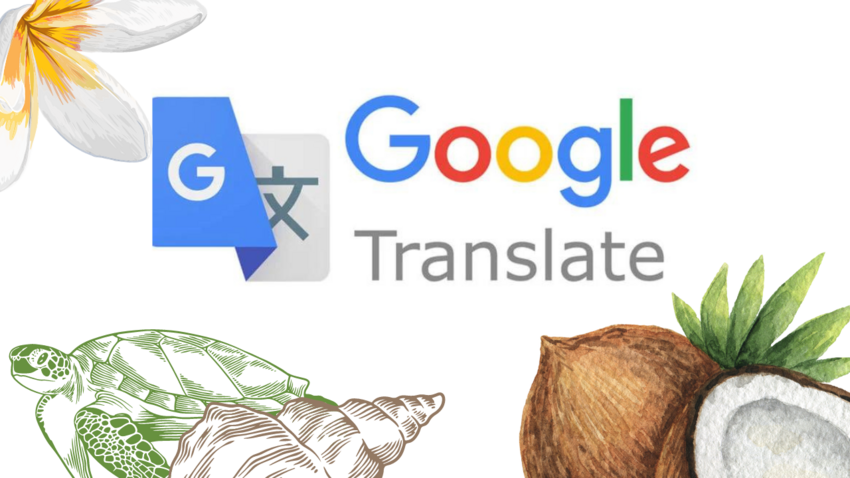Google Translate adds New Pacific Languages

Google Translate continues to expand its reach, recently adding 110 new languages thanks to the advanced PaLM 2 language model. Including seven Pacific languages: Chamorro, Chuukese, Fijian, Marshallese, Tahitian, Tok Pisin, and Tongan.
The new Pacific languages join previously added Hawaiian, Māori, and Samoan.
Languages are key to preserving culture and identity, making this a very exciting development. For Pacific communities, Languages are vital links to our ancestral heritage. Including these languages in Google Translate will hopefully help support their revitalization and sustain their use for future generations.
Selecting languages for Google Translate involves prioritising the most commonly used varieties to make translations accessible and useful. With the help of advanced technology and collaboration with linguists and native speakers, Google is hopeful this will ensure accurate and culturally relevant translations.
While this expansion is a significant step forward, some are not optimistic about the accuracy of the translations. Machine translation, especially for languages with fewer resources or complex grammatical structures, can sometimes be imprecise. It’s crucial for users to provide feedback to help improve the quality and reliability of these translations over time.
We encourage people of the Moana to explore these new languages on Google Translate. Your feedback is crucial in helping us improve the tool. Visit the Google Translate Help Center and start translating today on the Google Translate app for Android and iOS. Celebrate the rich linguistic diversity of the Pacific and contribute to preserving these unique voices.
Admittedly for people of the Pacific, it is strange to consider AI a tool to pass on our language, as we are collectively people who keep our languages alive through stories, songs, and simply speaking it in our homes.
But for those who may not have the privilege of receiving their gagana in this manner - it may be a step in the right direction.
This expansion also opens up new avenues for cultural exchange and education. With the inclusion of more Pacific languages, communities can share their stories, traditions, and knowledge more broadly. Educational institutions can leverage Google Translate to support language learning and promote multilingualism, ensuring that these languages continue to flourish in an increasingly digital world.
- Written by Arts & Culture Journalist Destiny Momoiseā
made with the help of Creative New Zealand
